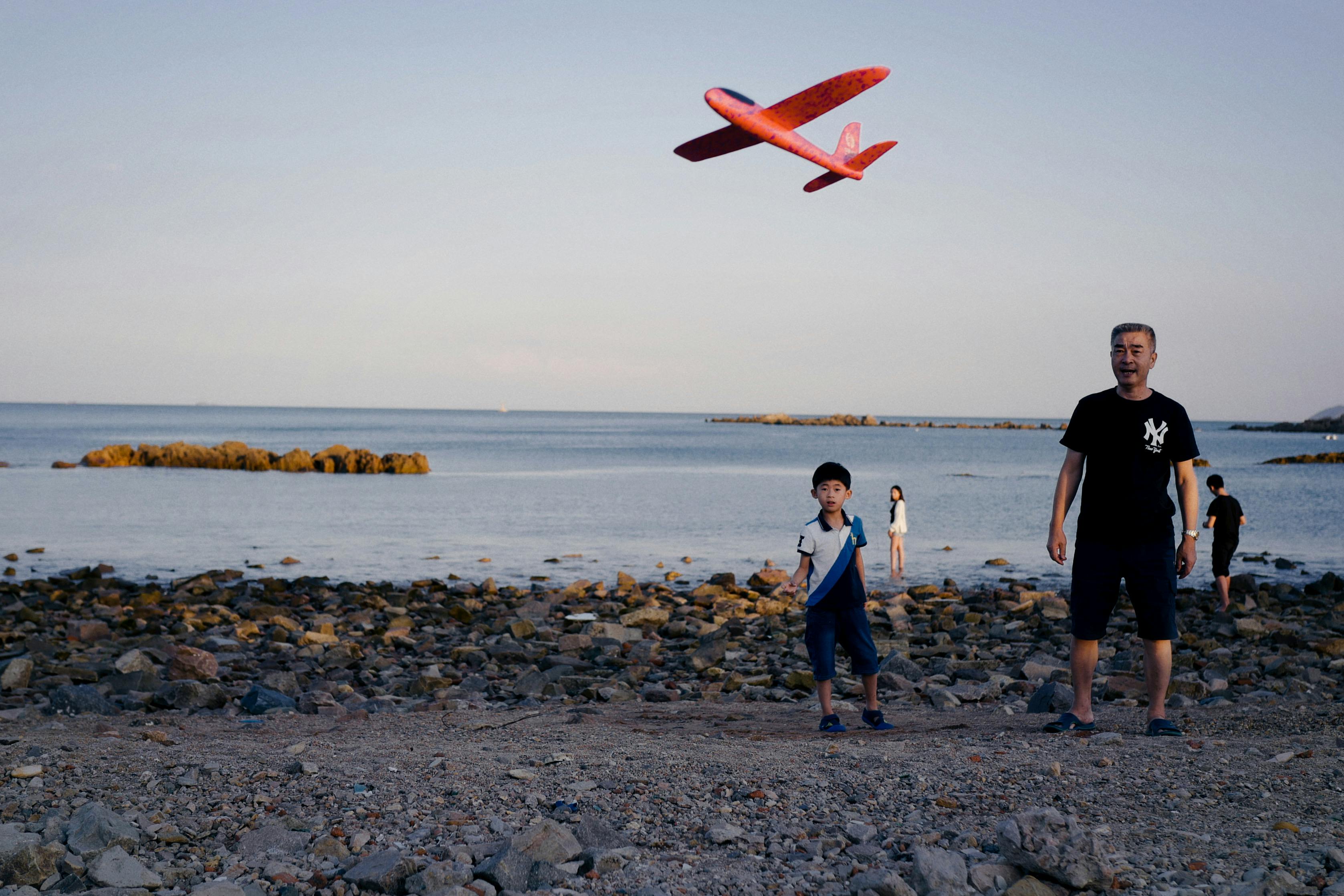There are many misperceptions when it comes to head lice. They pertain as much to their nature as to the best methods of eradicating them. As soon as you discover a head lice problem in your family, you need to face the situation and treat the problem in the best way to eliminate them permanently.
Many misconceptions and fantastic tales abound about head lice and how they affect us humans. Lice, in fact, are not carriers or transmitters of diseases. It is commonly thought that lice can jump from one person to another or that they can fly but do not jump at all and do not have wings and for them flying is not an option (except when you take them with you on the plane). Lice crawl and move between human hosts by direct contact with another person or by contact with items that have recently been in contact with someone who has hair lice.
Most day-to-day things that come in contact with the head can easily become a lice carrier or carry item. For example, any article of clothing, combs, brushes, pillows, sheets, towels, helmets or hats, etc. all can be a transport item
A common myth also surrounds the mistaken belief that lice can live a long time when they are no longer feeding on someone’s scalp. Hair lice need their human host for nourishment and a warm environment in which the eggs can hatch. Lice use human blood for food, which they suck after making a small piece on the scalp.
When lice are on their host, they live for up to thirty days, but when they are away from their human food source, they can only survive for up to 48 hours. It is sometimes believed that people with short hair do not have to worry about lice, but that is not the case. Head lice have no preference for their host’s age, sex, race, or personal hygiene habits. Girls tend to get head lice more often than boys. That may be partly due to the increased amount of hair they have for parasites to hide and proliferate.
Another myth that people often believe is that head lice are also harbored and carried by animals. Head lice are a human parasite and cannot and do not tend to live on animals, with the exception of chimpanzees.
The treatment process should also take into account what household items or other items the person infected with lice has come into contact with. The first step in lice treatment should be to process the infected person’s hair with a commercial lice shampoo or home remedy of your choice and then carefully and thoroughly use a nit comb to get rid of all lice and their lice. eggs. Then think about what items the infected person has been in contact with.
Items that can be washed in the washing machine should be washed in hot water. By exposing both the lice and the nits to temperatures above 125 degrees F for ten minutes or more, you kill them both. If the items are not meant to be put in the washer, you may be able to put them in the dryer on the hot cycle for 20 minutes or more to kill all the bad stuff.
Finally, it is important to thoroughly vacuum or clean carpets, upholstered furniture, car seats and interiors, and mattresses used by the infected person.

